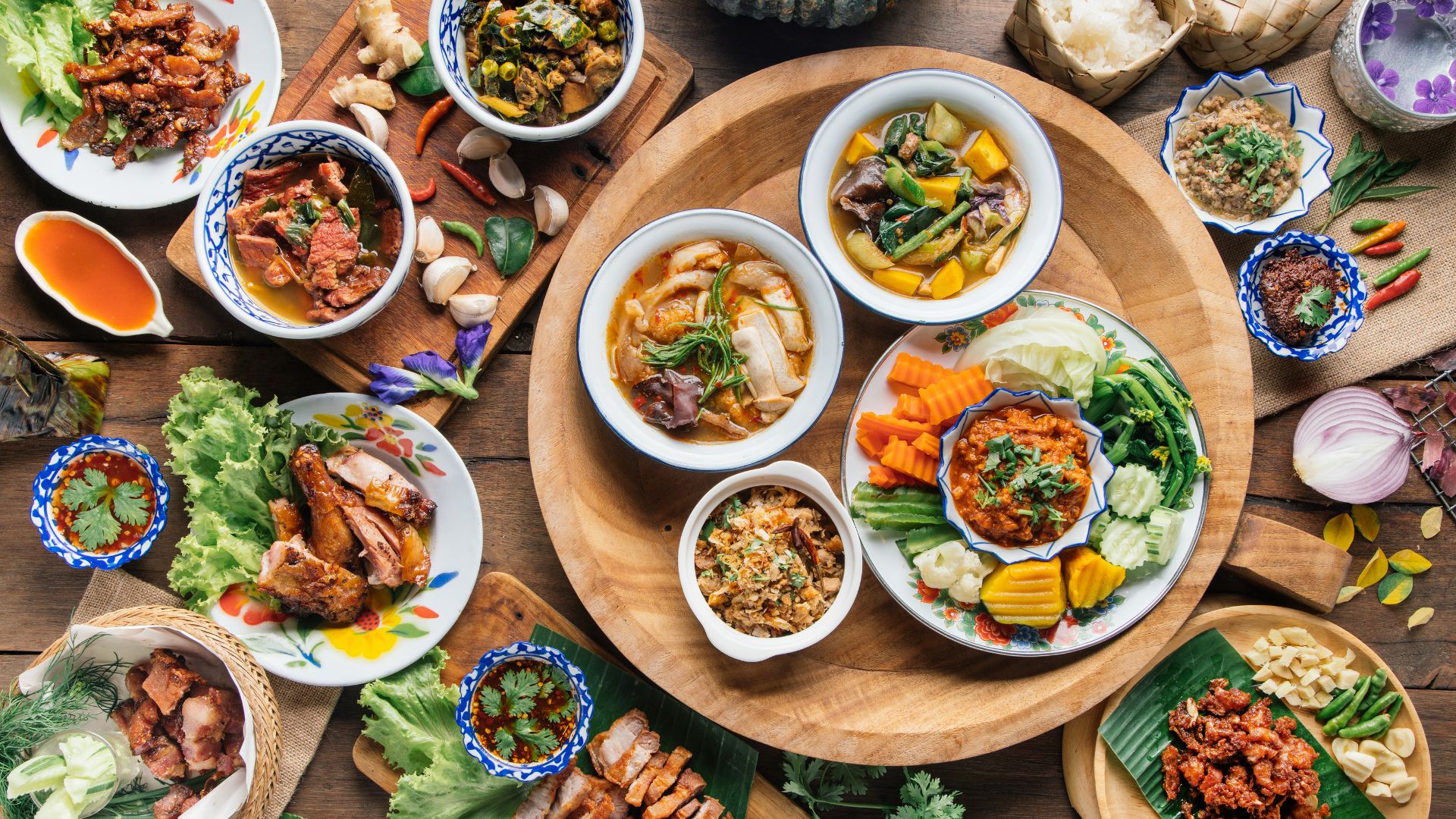Food is more than just sustenance. It’s a reflection of a nation’s history, culture, and values. But which country truly boasts the best food in the world? It’s a hotly debated topic that stirs up a hearty blend of personal bias and patriotic pride.
From the spicy complexities of Thai cuisine to the rustic charm of Italian dishes, every country has its unique culinary delights. Let’s embark on a global gastronomic journey, exploring the vibrant flavors, traditional recipes, and culinary innovations that set each nation apart.
This article isn’t just for food enthusiasts; it’s for anyone who’s ever wondered where to find the most delectable, mouth-watering dishes the world has to offer. So, loosen your belt and prepare your palate for an unforgettable taste tour.
Which Country Has The Best Food In The World
Gauging the Gastronomic Greats
Defining a country as the ultimate food ruler constitutes a challenging task, considering the diverse culinary heritages available. However, certain nations stand out, frequently featured for their exceptional culinary offerings. These include, but are not limited to, Italy for its pasta dishes, France for its sophisticated cuisine, and Japan for its sushi. For instance, Italy’s pasta dishes like spaghetti carbonara demonstrate an elegant simplicity yet rich flavors, making it a gastronomic treasure. In contrast, France offers classic dishes such as Coq au Vin, typical of their careful preparation and intricate presentation that epitomize sophistication. Lastly, Japan, renowned for sushi, specifics in preserving the raw materials’ full flavors, exemplifying culinary craftsmanship.
Variety Is the Spice of Life
Acknowledging variety proves instrumental when discussing cuisines considered the world’s finest. With an abundance of flavors, textures, and preparation methods, India’s curry dishes, Thailand’s spicy plates, and China’s diverse regional cuisines provide excellent examples. Considering India’s curry dishes such as Chicken Tikka Masala, they incorporate the extensive use of spices, producing a vibrant array of flavors. Similarly, Thailand’s brightly flavored dishes like Tom Yum Goong emphasize the cunning blend of spice, sourness, and sweetness, exemplary of the country’s food philosophy. Lastly, China’s diversified regional cuisines, like Sichuan’s Spicy Boiled Fish, symbolize the rich culinary heritage with complex flavors and intricate techniques.
Cultural Influences on Cuisine
Under the influence of a myriad of cultures, cuisines worldwide have evolved to mirror varied histories, customs, and traditions. Many countries’ foods have their roots deeply embedded in cultural influences, showcasing interaction with different cultures over centuries, leading to gastronomic diversity.
A Melting Pot of Flavors
In any cuisine, a symbiosis of cultural exchanges can be seen. As traders, explorers, and immigrants moved around the world, they brought their culinary secrets with them, attributing the birth of some staple foods, such as the American pizza, to Italy. Another instance is the Indian biryani, traced back to the Persians. At times, one can find tastes from more than one culture in a single dish — a testament to ages of cultural minglings. A dish like ramen, for example, though now a symbol of Japanese food culture, has its origins dome in Chinese noodles.
Traditional vs. Modern Delicacies
The push and pull between traditional and modern delicacies paint an intriguing landscape of world cuisines. Traditional cuisine can be seen as the backbone of any culinary offering. Often old recipes, they come adorned with stories and customs, like the French crème brûlée, unchanged for centuries. On the other hand, modern dishes interpret these time-honored recipes with a contemporary twist. A dish that perfectly embodies this tension is the fusion taco. While retaining its Mexican roots in the corn tortilla, it plays with unconventional fillings infusing flavors from Korean, Mediterranean, or even Indian cuisine. So, in essence, global cuisines reflect an ebb and flow of old and new, traditional and contemporary, creating a culinary landscape as diverse as the cultures that inspire it.
Top Contenders for the Culinary Crown
Determining the country with the best food is no easy feat. It’s a subjective matter, hinging on personal taste and cultural preferences. Italy, France, and Japan have long held sway in the culinary world for their distinct and flavorful dishes. Yet, the rich variety of flavors from India, Thailand, and China can’t be ignored. The evolution of global cuisine, influenced by diverse histories and traditions, adds another layer of complexity.
